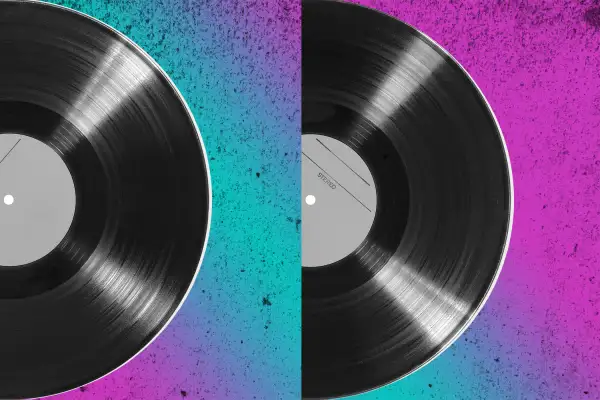Vinyl Record Revenues Have Surpassed Free Streaming Services Like Spotify

Vinyl was supposed to have died sometime around 1991, after steadily losing sales to the cassette tape, and then being nearly completely superseded by the CD.
In the new millennium, all physical music sales have been hemorrhaging market share thanks to iTunes pushing digital downloads out into the legal mainstream, and Spotify and other digital streaming services bringing whole catalogs to phones at a touch. But underneath the staggering 32.5% decline in revenues for CD sales according to RIAA's 2015 mid-year stats, there is one stunning figure: vinyl's revenues have grown 52.1% over the last year.
Kept alive by hip audiophiles, vinyl's resurgence—partially thanks to Urban Outfitters—has been nothing but impressive of late, raking in $226 million in the first half of 2015. That's more than ad-supported streaming services like Spotify, which took in $162.7 million in the first half of 2015. Paid streaming services like Spotify Premium still monetize better than both, taking in $477.9 million in revenue.
While vinyl doesn't quite compare with paid subscription streaming services or Internet radio's $387.2 million in revenues, record sales are growing much, much faster. Paid subscription streaming (e.g. paid Spotify) grew 24.9%, and ad-supported streaming (e.g. free Spotify) grew 27.1%. Respectable, but not like vinyl's 52.1% increase.
It's hard to believe vinyl can keep up this pace, but considering all these sales represent new pressings of LPs and singles pressed—people aren't just rooting through their parents' basement for old Stones LPs—that's a solid outlook for the future. One thing it's got going for it is that participating in another music provider doesn't preclude vinyl. Even if you don't buy that it "just sounds better," vinyl offers consumers a ritual experience they value, handling and interacting with something physical. Spotify can't replace that.
However, these RIAA numbers have a B-side, and it doesn't play a great tune for the music industry. Vinyl's market has crawled back into the margins of mainstream, but since its status is nowhere near the contemporary standard of streaming, the fact that a niche product can compete with the standard illustrates the music industry's very poor ability to monetize its non-physical products.